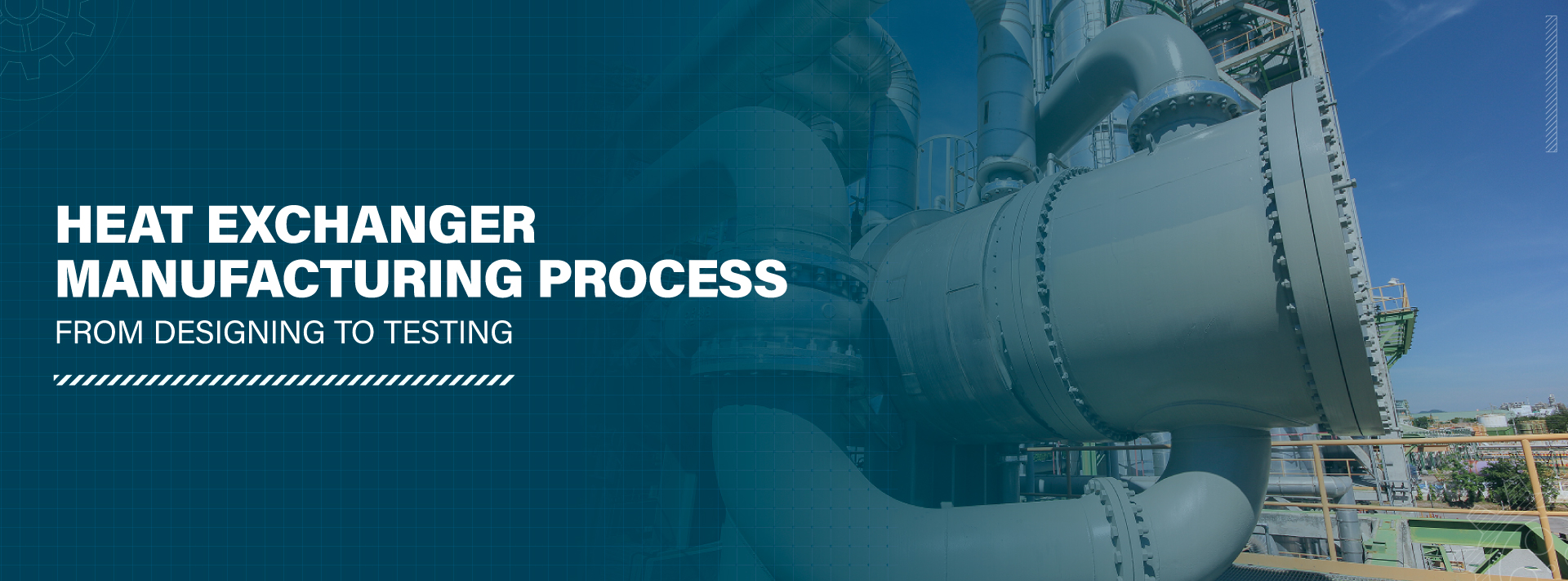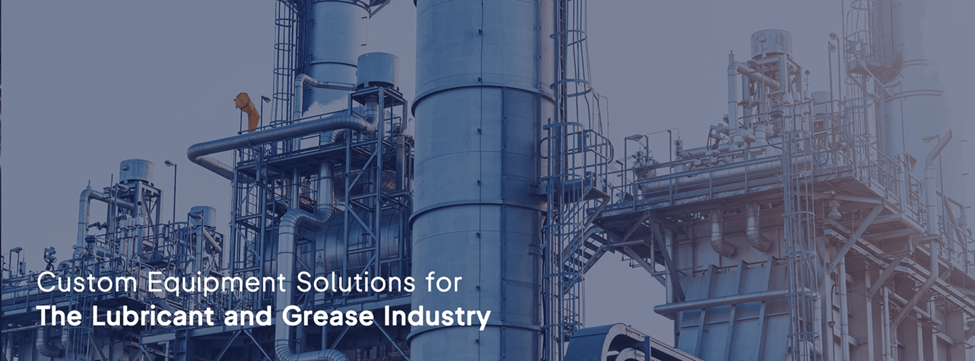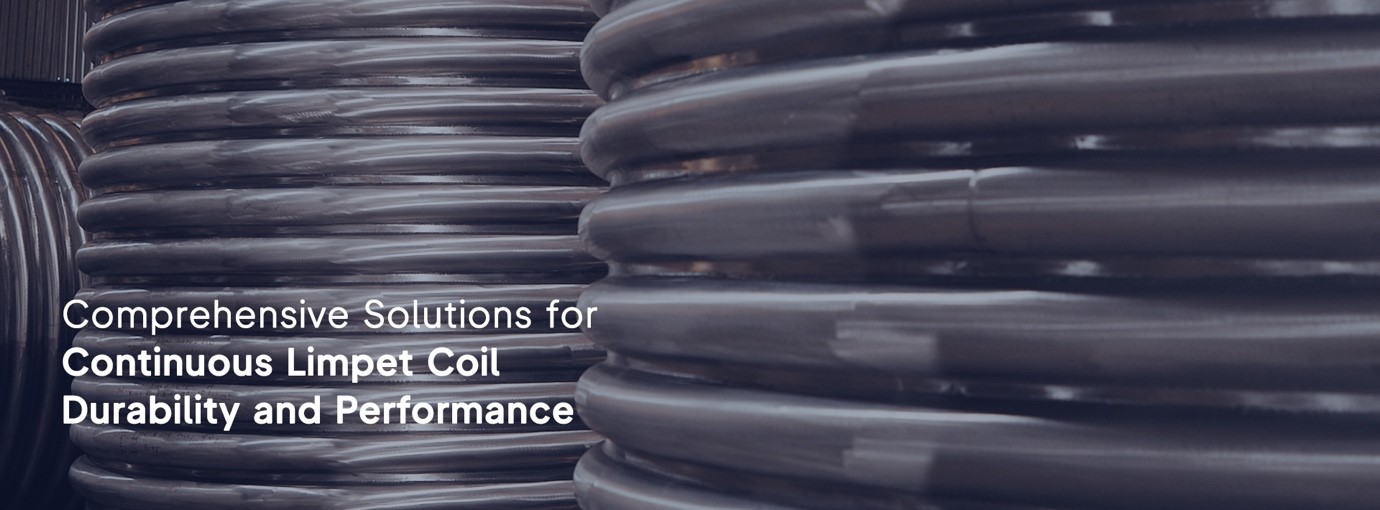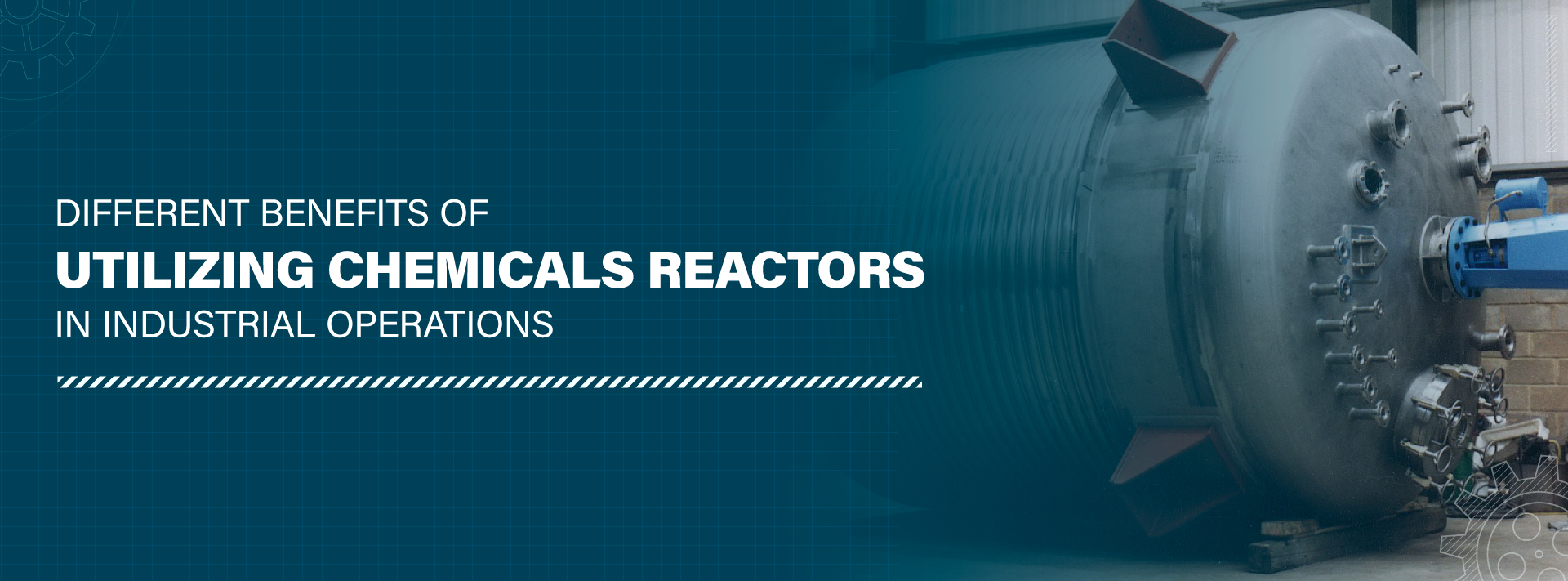Heat exchangers are essential for transferring heat between two or more fluids. It is crucial in refining processes and enhancing thermal efficiency in pharmaceutical, oil and gas, food processing, chemical, and power plants.
One of the top heat exchanger manufacturers in India, Stalwart International, has custom-designed and manufactured plate, air-cooled, shell and tube, corrugated, finned tube heat exchangers for over 40 years. With our cutting-edge manufacturing facilities, we have gained the confidence of numerous businesses worldwide by providing dependable, corrosion-resistant, high-performing heat exchange solutions.
We strategically accommodate clients’ unique requirements spanning various sectors by leveraging sophisticated design-to-delivery capabilities and in-house engineering acumen.
The Manufacturing Process of Heat Exchangers
Heat exchangers are crucial in different industrial processes as they transfer thermal energy from one fluid stream to another. That’s why prominent shell and tube heat exchanger manufacturers in India monitor the manufacturing process to maintain optimal performance, reliability, and safety.
It is manufactured using the thermal model to calculate efficiency under specific conditions. The heat exchanger manufacturing is an intricate process which comprises the following phases:
- Thermal Design Process
- Detailed Engineering and Design Process
- Manufacturing Process
- Welding and Assembling Process
- Testing and Shipping Preparation
- Final Transportation and On-Site Inspections
Let’s understand every phase in detail to comprehend how top heat exchanger manufacturers in India ensure quality while manufacturing heat exchangers.
Read Also: Five Heat Exchanger Components Need Timely Maintenance
Design Phase
The design phase is crucial for producing optimized industrial heat exchangers that maximize client heat transfer efficacy. The proficient group of designers and engineers at heat exchanger manufacturers in India ascertains the optimal heat exchanger type, configuration, construction materials, and technical specifications by the parameters of each project.
The software is provided with operating temperatures, heat duty, fluid types, and properties, flow rates, pressure reductions, and flow rates to generate specialized designs.
The design team simulates the thermal and mechanical performance of the industrial heat exchanger under actual operating conditions using computational fluid dynamics techniques. This virtual testing maximizes the heat transfer rate while validating the safety and dependability. The user-friendly software interface also facilitates customer collaboration to tailor the design to their process requirements precisely.
In collaboration with the engineering, quality, and manufacturing teams, numerous design iterations are executed to optimize inspection access, costs, maintenance, fabrication feasibility, and other critical factors.
Manufacturing Phase
The manufacturing phase begins with basic materials undergoing forming, machining, and welding to fabricate them into major components of industrial heat exchangers. Channel and shell cylinders are typically rolled and welded plates (greater than 24-inch diameter) or pipes (24-inch or less diameter). Depending on the thickness, the tube sheets can be a plate or forgings, machined and drilled. Flanges are hot-forged rings, and baffles are plate materials that are machined and drilled. Tubes come in different variants, like seamless and welded, and are available in several standard diameters and thicknesses. The tubes can be bent in a U-shape and cut to length as needed by heat exchanger manufacturers in India.
So, the shell and tube heat exchangers fabrication can be classified into four phases:
- Machine and drilling operations
- Welding operations
- Bundle assembly
- Final and testing assembly
Welding and Assembling Process
Welding and industrial heat exchanger assembly constitute a pivotal stage in manufacturing, necessitating considerable accuracy and proficiency. Manufacturers in India employ complex welding methodologies such as TIG, MIG, orbital, and laser welding to guarantee the integrity and impermeability of joints by global codes and standards. The ASME-certified, highly experienced welders adhere to best practices by utilizing fixtures to ensure dimensional accuracy.
Stalwart International uses consumables such as metal-specific filler wires and automatic orbital welding to produce flawless, uniform welds for sizeable industrial heat exchangers.
Radiographic tests and other nondestructive testing procedures validate the welds. Additionally, each heat exchanger is subjected to rigorous hydro and helium leak tests to ensure it is leak-proof. The quality assurance team meticulously examines each joint. Top heat exchanger manufacturers in India adhere to strict protocols to meet the standard welding instrumentation, including thermowell.
Testing Process
The function of quality assurance is critical in the production of dependable shell and tube heat exchangers. Stalwart International employs a rigorous incoming material inspection process to ensure the integrity of components.
Exhaustive testing procedures are executed at multiple stages to guarantee the performance’s integrity. Every heat exchanger undergoes a leakage test while under pressure in air or water. Performance is evaluated during final testing under simulated process conditions.
- ASME ‘U’ Stamp certification for pressure integrity
- ASME ‘R’ Stamp for repairs and alterations
- CE marking confirming product safety.
- ISO 9001:2015 for quality management
In conjunction with advanced testing equipment and calibration that can be traced back to national standards, leakage, heat transfer rate, and pressure drop are also measured with extreme precision. Heating exchangers are granted final sanction for shipment to clients only after they have completed all tests.
Read Also: What Is The Working Principle Of Heat Exchanger?
Final Testing and Shipping Preparation Process
The heat exchanger manufacturing industry conforms to stringent testing protocols to verify that each unit satisfies the design specifications before its shipment to customers. Quality control teams use standardized tests to conduct thorough thermal performance and mechanical integrity assessments.
Precise instruments monitor core pressures, temperatures, and heat transfer rates throughout the launch process to ensure the thermal duties are met. Hydrostatic and pneumatic pressure evaluations are performed better than the intended design pressures. Helium mass spectrometry detects even minute leakage with pinpoint precision. Testing critical equipment such as instruments, valves, and gaskets follows test plans.
After verifying thermal hydraulics and mechanical integrity, the exterior is finished with insulation, protective coatings, and polishing. Corrosion-inhibiting compounds and proper material handling practices prevent damage during transport.
Heat exchangers are custom-crated by export packaging teams with sufficient padding to prevent defects during international transport. Desiccants are utilized to reinforce sensitive areas to prevent moisture ingress. The export-readiness of containers is verified through compliance audits before their sealing for transportation to client facilities. In severe industrial environments, heat exchangers operate securely for many years due to the implementation of stringent protocols.
Wrapping up
After transportation, installation and on-site inspection team ensures seamless installation in the surroundings and safe operation. The inspection team checks for leaks, verifies fluid flow rates and temperature differences, and monitors overall performance.
As a reliable shell and tube heat exchanger manufacturer in India, Stalwart maintains world-class facilities and implements rigorous processes to deliver corrosion-resistant shell and tube heat exchangers that meet international standards while maintaining high performance.
We know how to meet all your heat exchanger requirements, whether they involve a significant capital investment or an imperative replacement requirement. Connect with our experts to get a tailored and regulation-compliant industrial heat exchanger that meets your needs.





